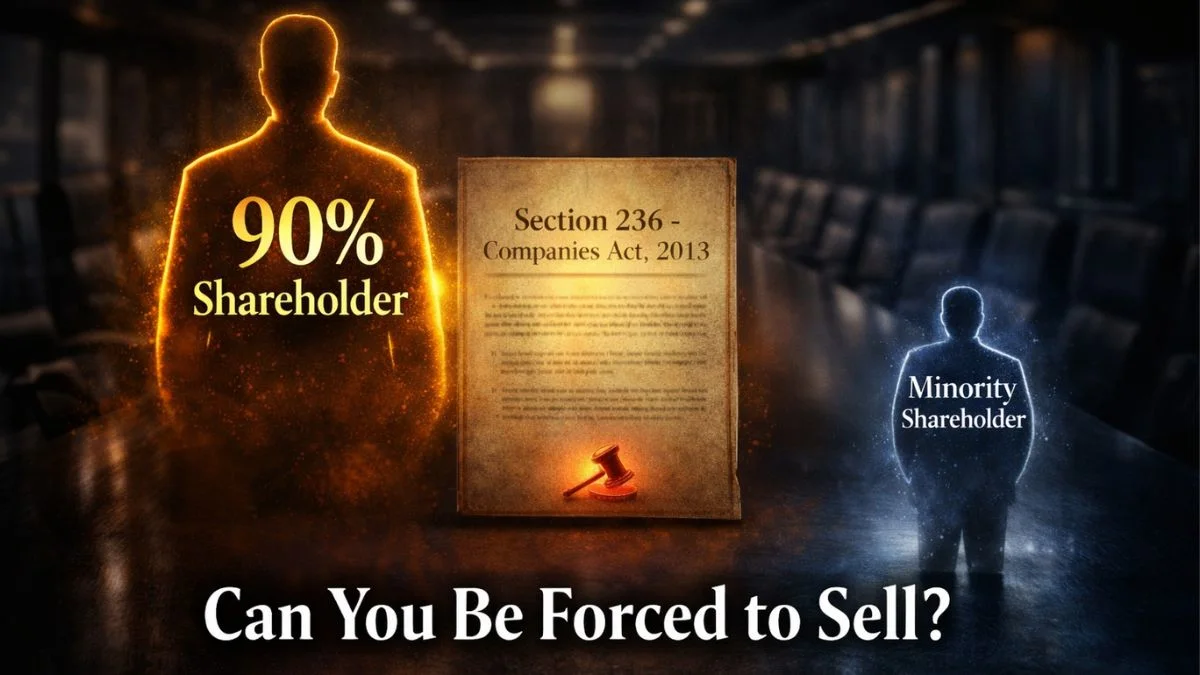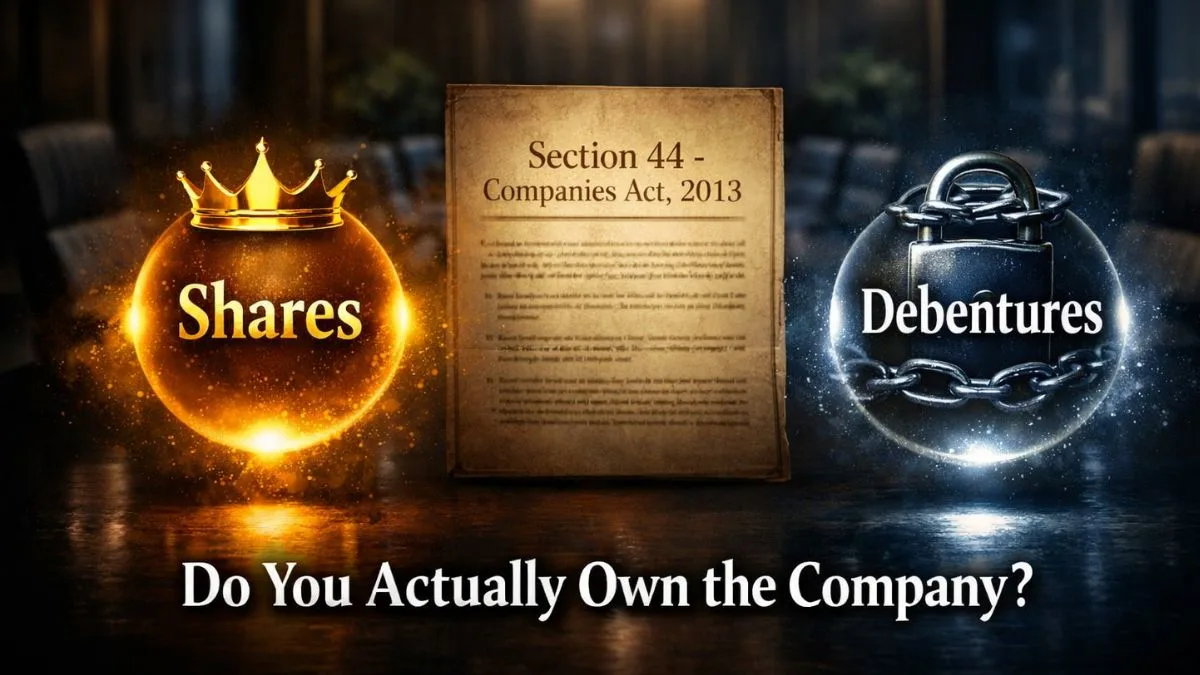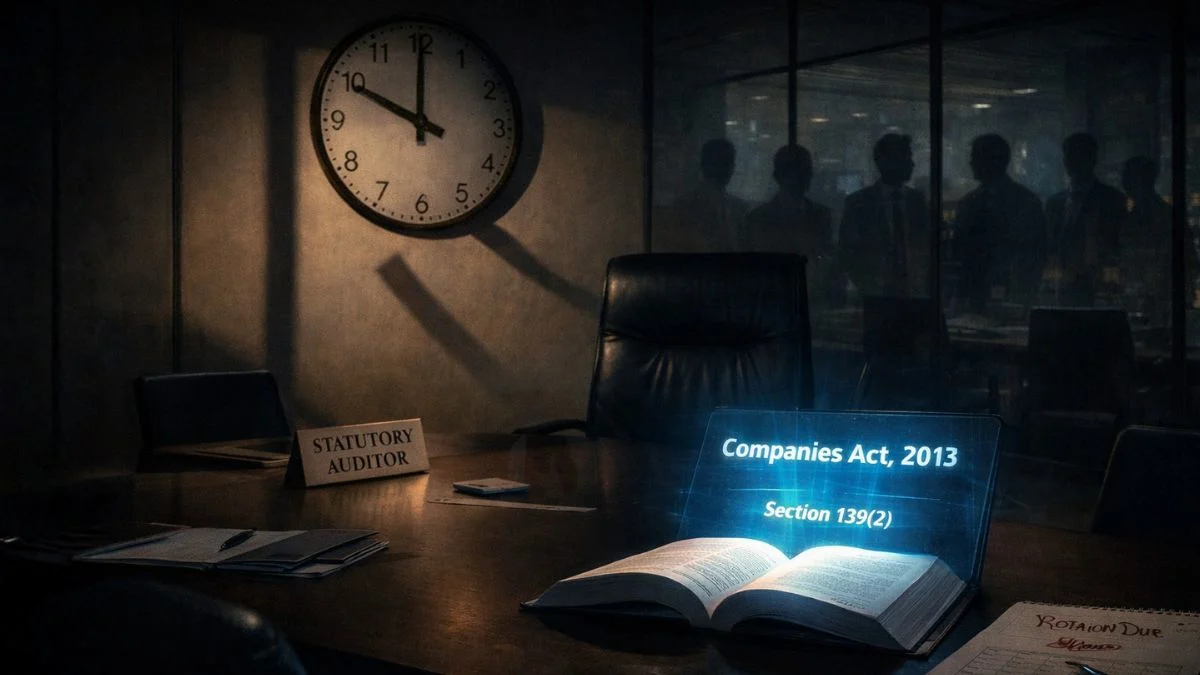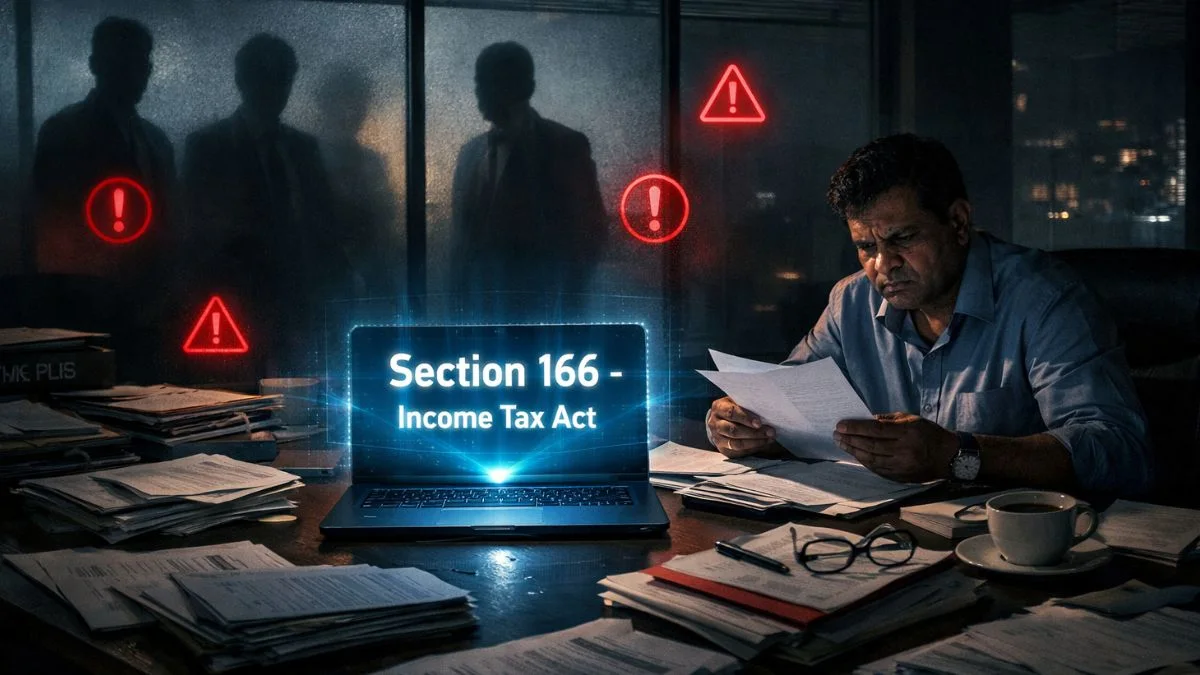
If you're managing a partnership firm or LLP, there's a silent clause in the Income Tax Act that could shake up your tax calculations—Section 9B. Most business owners haven’t heard of it, & those who have often underestimate its impact.
But here’s the truth: Section 9B can significantly increase your tax burden when there’s a change in partners, retirement, or reconstitution—especially if capital assets or stock-in-trade are distributed.
Let's break it down in simple terms without the legal jargon.
What Is Section 9B?
Introduced through the Finance Act, 2021, Section 9B is a special provision that applies when a specified person (partner) receives capital assets or stock-in-trade from a specified entity (firm/LLP) during its reconstitution.
Reconstitution happens when:
- A partner retires or exits the partnership
- A new partner joins
- The profit-sharing ratio is changed
- Capital or assets are distributed among partners
Earlier, firms managed to sidestep capital gains taxes by distributing assets without officially “selling” them. Section 9B prevents that loophole."
What Exactly Gets Taxed Under Section 9B?
Let’s suppose a partner retires & takes a piece of land or unsold stock from the firm. The firm must now treat that transaction as a deemed transfer of the asset & pay tax on the capital gains (for land/building/machinery) or business income (for stock).
Even if there's no actual sale, Section 9B treats it as one—a fictional transaction that attracts real taxes."
Why Was Section 9B Introduced?
The intent was clear: plug the tax leak.
Previously, firms could distribute high-value assets like land or inventory to partners without declaring income or capital gains. These silent exits hurt the revenue department. Section 9B ensures that when capital leaves the business, taxes follow.
It works in tandem with Section 45(4) to ensure double taxation doesn’t occur. While 9B taxes the firm on the transfer of assets, 45(4) deals with the difference in a partner’s capital account versus what they receive.
How It Works: A Simple Example
Let’s say an LLP owns stock worth ₹50 lakh & machinery worth ₹30 lakh. Upon a partner's retirement, the LLP transfers both to them.
Under Section 9B:
- The LLP must compute capital gains on the machinery (capital asset).
- It must also calculate business income on the stock (stock-in-trade), based on fair market value.
Even though there’s no buyer or sale deed, the income tax department treats it as if these assets were sold at fair market value.
The tax is payable by the firm/LLP, not the exiting partner."
Key Features You Shouldn’t Miss
- Applies only during reconstitution, not on complete dissolution.
- Taxable in the hands of the firm/LLP.
- Assets are assumed to be transferred at market value.
- A separate set of books or tax filings isn’t required, but correct valuation is critical.
- It works closely with Section 45(4) to form a comprehensive tax framework for capital reallocation.
Impact on Partnership Firms & LLPs
This provision has real financial implications.
Firms that restructure frequently or allow flexible exits now face immediate tax consequences even when no money exchanges hands. It makes retirement planning, succession planning, or new partner admission tax-sensitive decisions.
It also places a high compliance burden on smaller LLPs who may not have formal asset valuation practices in place.
Valuation Is Everything
Since the assets must be taxed at fair market value (FMV), proper documentation & valuation reports become non-negotiable. Any mismatch between the declared value & FMV could trigger notices, penalties, or even audits.
So, before transferring any asset, take professional help to certify valuations & ensure audit trails are clean.
GST Angle & Other Considerations
Interestingly, such deemed transfers can also trigger GST liabilities if stock is involved. Businesses must consult professionals to identify the crossover impact of GST, stamp duty, & other compliance issues alongside Section 9B implications.
Court Rulings & CBDT Clarifications
While this section is new, the CBDT has issued clarifications stating that Sections 9B & 45(4) are separate, non-overlapping provisions. Firms must evaluate both separately, even if they apply in the same transaction.
In short, the taxman now watches all exits closely—whether the partner walks out with money, land, or inventory.
Why Should You Care?
Because even a good-faith retirement or an asset-based exit from your partnership can now lead to substantial tax bills. Section 9B changes how you plan exits, capital distributions & restructuring.
It makes transparency & tax planning essential, not optional.
Real-Life Insight
A boutique architectural LLP recently faced a ₹14 lakh tax demand after transferring unsold property inventory to a retiring partner. They were unaware that Section 9B classified it as business income. They had to pay the tax from the firm’s reserves, derailing their expansion plans."
Final Word
Section 9B is a powerful tool in the tax department’s arsenal. It ensures no asset slips away untaxed during reconstitution. But for those unaware, it could result in unexpected tax traps. If your firm or LLP is planning a restructuring, ensure you’ve accounted for Section 9B before distributing any capital assets or stock.
Need help with proper compliance or planning around LLP restructuring or partner exits?
Get expert guidance from verified Chartered Accountants at Callmyca.com & avoid tax shocks when it's too late to react.











